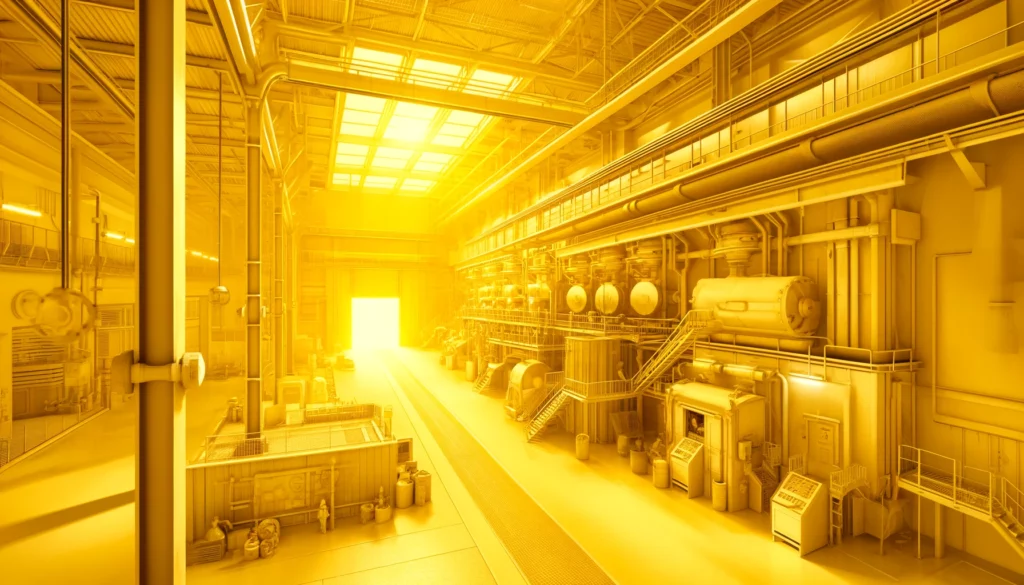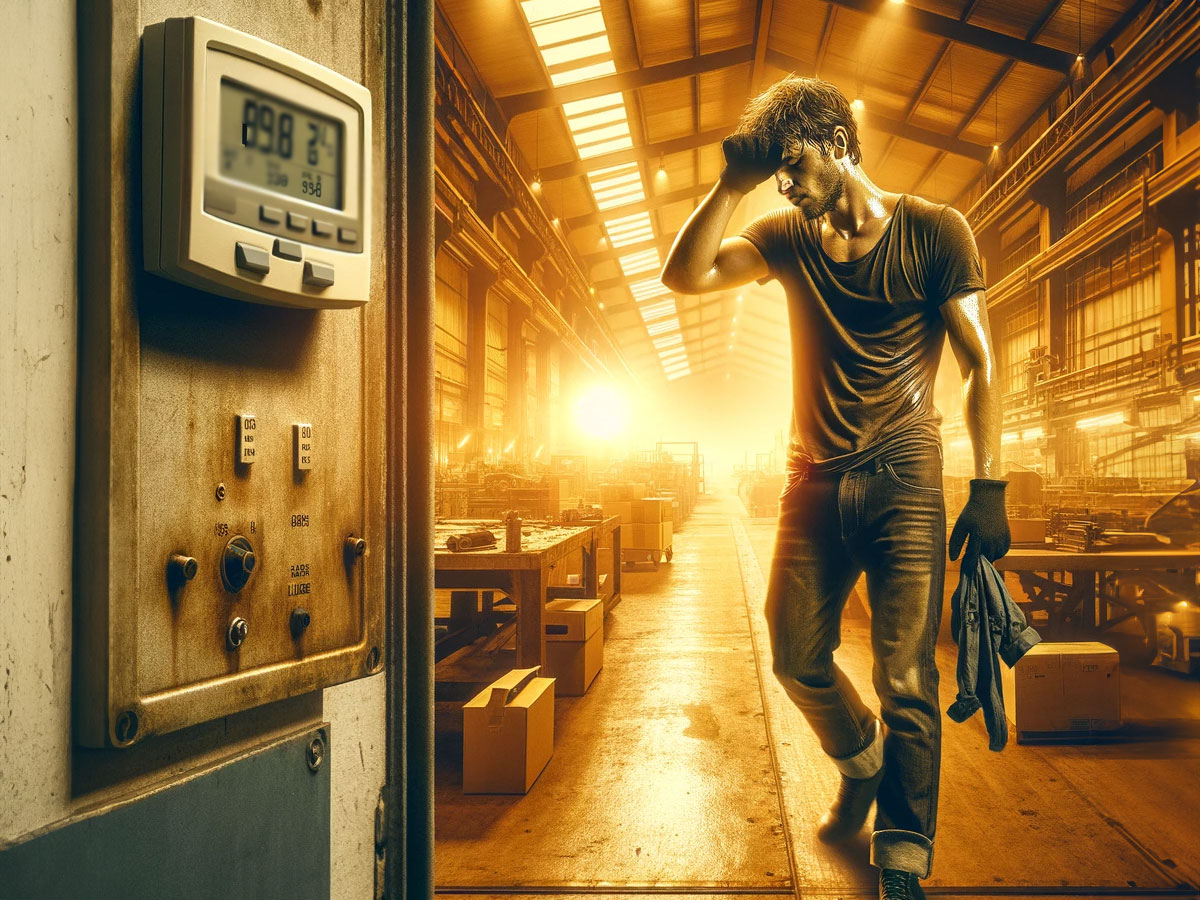If you’ve ever worked in a factory where temperatures could soar into the low 80s, you know firsthand how critical climate control is for maintaining productivity and worker morale. It’s not just a comfort issue; it’s about efficiency and safety.
The Heat Problem
In a hot factory, productivity plummets. Workers slow down, mistakes increase, and heat-related illnesses become a real risk. Maintaining a comfortable temperature can enhance both mental and physical performance, creating a safer and more efficient work environment (MDPI).
Historically, factories relied on fans and open windows, but these methods often fell short. During the industrial revolution, mechanized ventilation made its debut, yet it was rudimentary compared to today’s systems. As temperatures rise, the need for advanced climate control is more urgent than ever.
Modern Solutions
Today’s climate control technologies are sophisticated. Microclimate control techniques, such as evaporative cooling and reflective roofing materials, can significantly reduce indoor temperatures (MDPI). These systems are essential for keeping factory environments comfortable even when it’s scorching outside.

Futuristic Approaches
Integrating artificial intelligence (AI) into climate control systems can provide predictive adjustments based on weather forecasts and indoor activity. AI optimizes energy use, reducing costs while maintaining optimal temperatures (MDPI). Advanced materials that reflect solar radiation or improve insulation also play a crucial role.
Business Impacts
A hot factory isn’t just uncomfortable; it’s costly. Heat can warp materials, slow production lines, and even halt operations if temperatures become unsafe. Investing in climate control can lead to increased productivity, fewer errors, and higher worker satisfaction. Companies that prioritize employee well-being often see reduced turnover rates and attract top talent.
Addressing Climate Change
As global temperatures rise, the frequency and intensity of heatwaves will increase, putting additional strain on factories. Proactive measures today can mitigate these future risks, ensuring that manufacturing operations remain stable and efficient.
Climate control in manufacturing spaces is a multifaceted solution addressing worker safety, productivity, and business continuity. The adoption of innovative cooling technologies and AI integration will be crucial as we face a warming planet. Investing in these systems not only enhances immediate operational efficiency but also future-proofs manufacturing facilities against the inevitable challenges posed by climate change.


